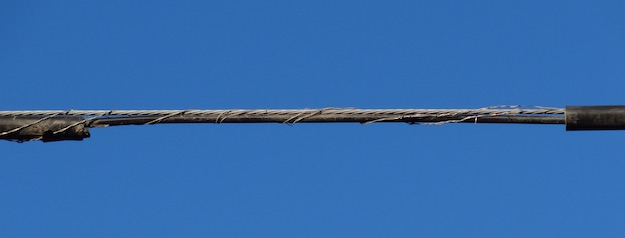San Bernardino FTTH decision delayed again
![By Spartan7W (Own work) [CC BY-SA 3.0 (https://creativecommons.org/licenses/by-sa/3.0)], via Wikimedia Commons](https://www.tellusventure.com/images/2017/4/hesperia.jpg)
The California Public Utilities Commission couldn’t come to a decision yesterday on a $28 million grant from the for a fiber to the home project in the San Bernardino County community of Phelan. Despite false starts and nearly two years of review, commissioners put off a vote on Race Telecommunications’ Gigafy Phelan proposal until at least their next meeting.
They were responding to a stream of late protests from Frontier Communications, which is getting federal subsidies to upgrade service to some of the same homes.… More




![Seo75 at the English language Wikipedia [GFDL (https://www.gnu.org/copyleft/fdl.html) or CC-BY-SA-3.0 (https://creativecommons.org/licenses/by-sa/3.0/)], via Wikimedia Commons](https://www.tellusventure.com/images/2017/5/pelican_streetlight.jpg)

![By Ixocactus (Own work) [CC BY-SA 4.0 (https://creativecommons.org/licenses/by-sa/4.0)], via Wikimedia Commons](https://www.tellusventure.com/images/2018/11/lipstick_pig.jpg)
![By - G.F. Nesbitt & Co., printer [Public domain], via Wikimedia Commons](https://www.tellusventure.com/images/2017/4/gold_rush.jpg)

